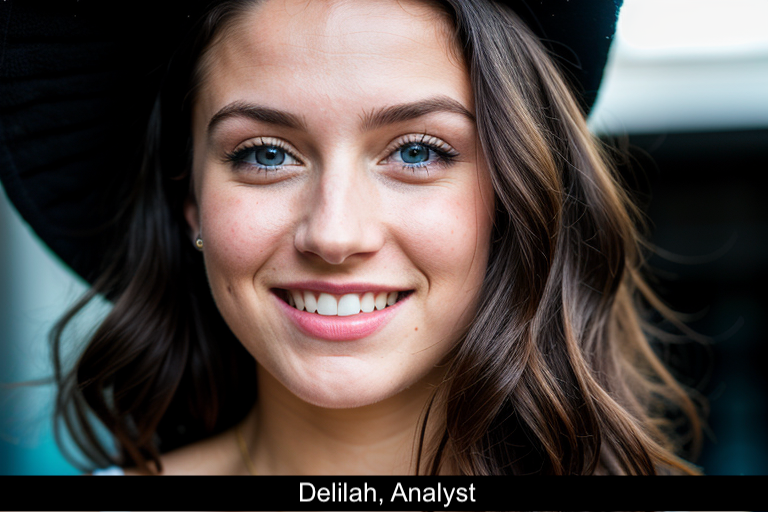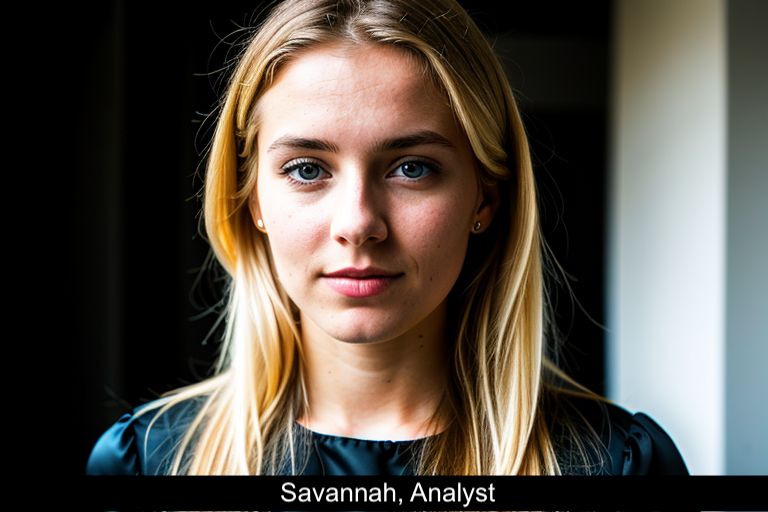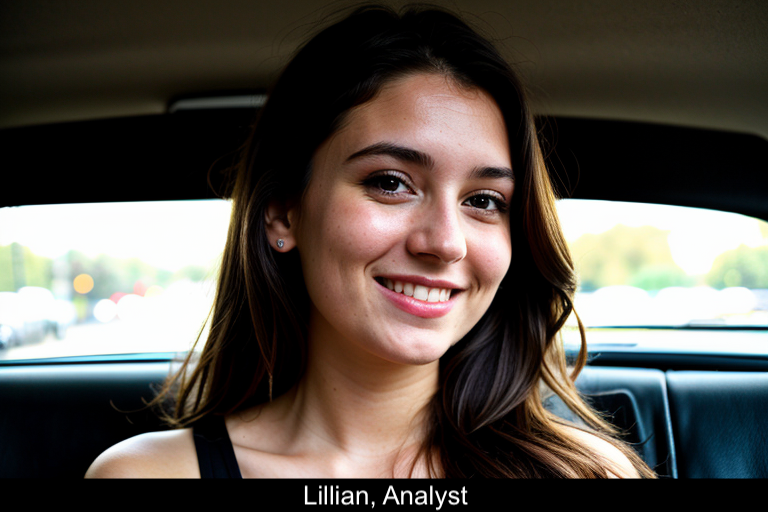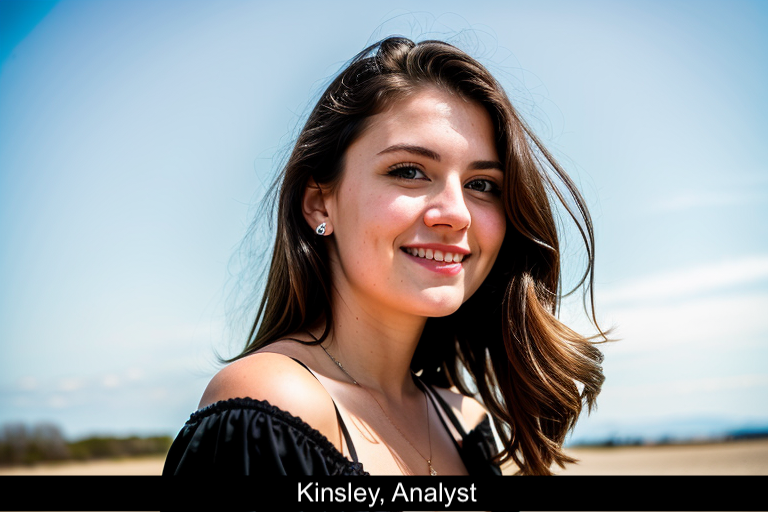The recent ruling by a federal judge in New York, allowing a lawsuit from two voice-over artists against an AI voice startup to advance, represents a significant moment in the ongoing dialogue between technology and creative rights. Paul Skye Lehrman and Linnea Sage, the artists at the center of this case, allege their voices were misappropriated by Lovo Inc., an AI company that leverages voice data to train its text-to-speech applications. While the judge dismissed their federal copyright claims, the lawsuit can still proceed on grounds of breach of contract and deceptive business practices, both critical elements that highlight the fine line between legitimate usage and exploitation in the digital age.
### The Case Background and What’s at Stake
Lehrman and Sage, who live in New York City, filed a proposed class action lawsuit after discovering that voice clones of them were being sold on Lovo’s platform, Genny. This revelation was shocking, especially after they had been assured that their voices would not be disclosed externally and were to be used solely for “academic research purposes.” This represents a troubling trend where AI technology companies could be seen as misusing creative work without proper consent or compensation.
As the court allows the case to move forward, it ignites crucial questions regarding intellectual property rights, especially in an age where artificial intelligence is becoming a ubiquitous part of various industries, including entertainment and creative arts. The lawsuit represents a broader concern shared by many artists: the potential devaluation of their work in the face of increasingly advanced AI technologies capable of mimicking their talents.
### The Legal Landscape for Artists
The implications of this case extend beyond the individuals involved. As artists rally against companies employing AI for commercial gain without proper licensing or attribution, it opens up a wider conversation about the future of copyright laws in the age of technology. While federal copyright laws have traditionally protected original works, they were not designed with AI in mind, leading to ambiguities that companies can exploit.
In the past couple of years, as AI technology has proliferated, numerous lawsuits have been filed against tech companies by artists claiming misuse of their work to train AI models. These cases often present a challenge for the judicial system, which is struggling to keep pace with rapid technological development. The outcome of this case in Manhattan District Court could set a vital precedent, potentially altering how voice artists and other creatives protect their intellectual property within the AI landscape.
### Accountability in the Tech Industry
Stepping into the spotlight through this lawsuit is attorney Steve Cohen, who represents the artists. He has termed the judge’s ruling a “spectacular” victory, expressing confidence that the judicial system will hold large tech companies accountable for their actions. This sentiment resonates across artist communities, many of whom feel their rights are often overlooked in favor of technological advancement. Artists are beginning to demand recognition and compensation for their work, not just from traditional avenues, but also from innovative platforms that use advanced technologies to replicate their outputs.
The defense for Lovo claims that the artists’ allegations form a “kitchen sink approach,” implying the lawsuit lacks specificity and heft. However, this defense tactic may also reflect the growing unease in the tech sector about being compelled to adapt to societal expectations regarding ethical practices in the use of creative content.
### The Broader Impact on the Creative Sector
The outcome of this case is not merely about two individuals; it may redefine how AI interacts with human creativity at a fundamental level. As AI systems evolve and incorporate complex data inputs from various cultures and mediums, there arises a powerful need to ensure there is a balance—a point where technology can improve creative industries without infringing on the rights of artists.
This situation brings to light the fact that while AI can offer groundbreaking tools that enhance creativity, such as voice synthesis, it also poses a significant threat to job security and creative independence. As companies increasingly automate creative processes, there’s a risk of human talent being devalued.
### What to Watch As This Case Develops
As this lawsuit unfolds, stakeholders, from content creators to tech companies, need to be vigilant. The legal landscape is changing rapidly, and the outcome of this case could reshape the terms of engagement between artists and technology firms.
1. **Legal Precedents**: Those in the creative industry should monitor the case closely as it has the potential to set significant legal precedents regarding the use of AI in the arts.
2. **Contracts and Licensing**: Creatives must ensure that any contracts they enter include clear definitions of the usage of their work and protections against unauthorized use. Engaging with legal advisors familiar with intellectual property law in the context of AI will become increasingly important.
3. **Transparency from AI Companies**: As artists speak out against misuse, there will be greater pressure on AI companies to establish transparent practices that promote ethical usage of human creativity.
4. **Support for Artists**: Finally, there’s a collective responsibility for consumers, corporations, and the government to support legislation that protects creative rights and fosters a sustainable path that incorporates technological advancements while honoring the value of human creativity.
In conclusion, the ruling regarding Lehrman and Sage’s lawsuit against Lovo Inc. marks a pivotal moment in the intersection of technology and creativity. As AI continues to evolve, so too must our approaches to intellectual property rights, ensuring protections that reflect the realities of both the digital age and the artistic community. The ongoing dialogue between artists and AI developers will ultimately shape the future landscape of creative industries for generations to come.




